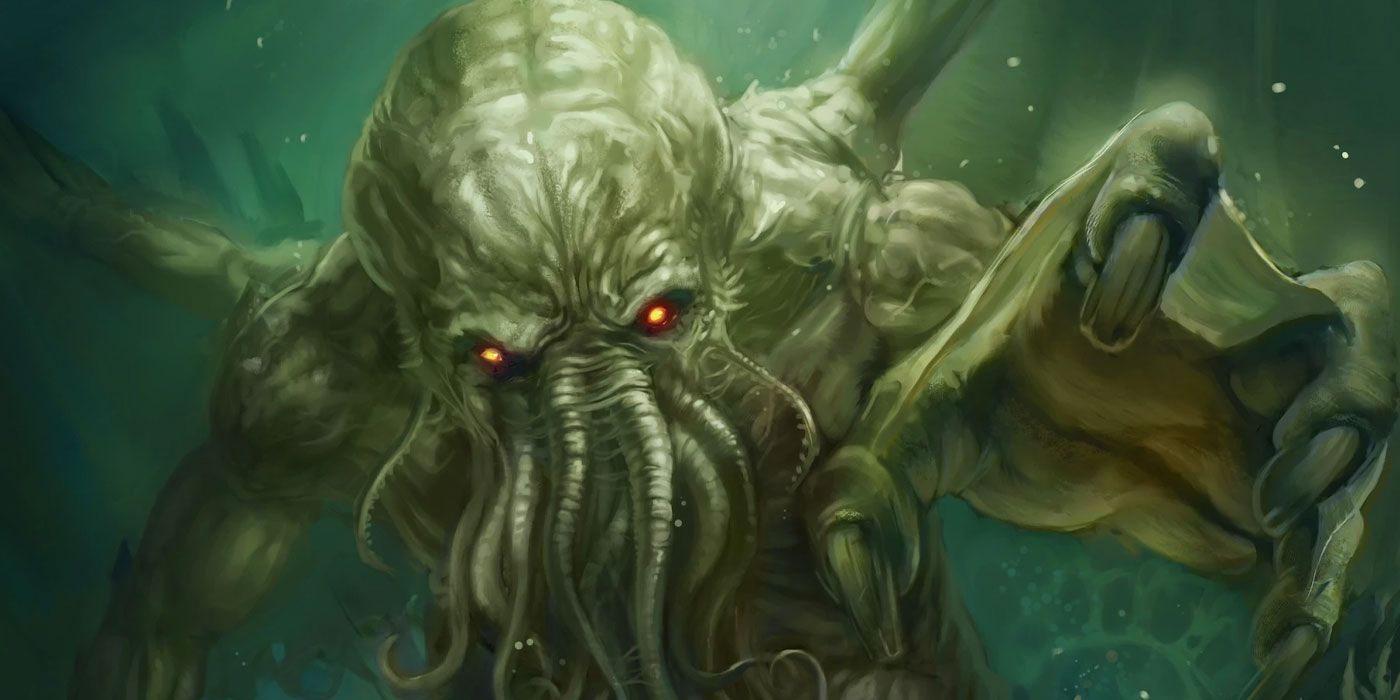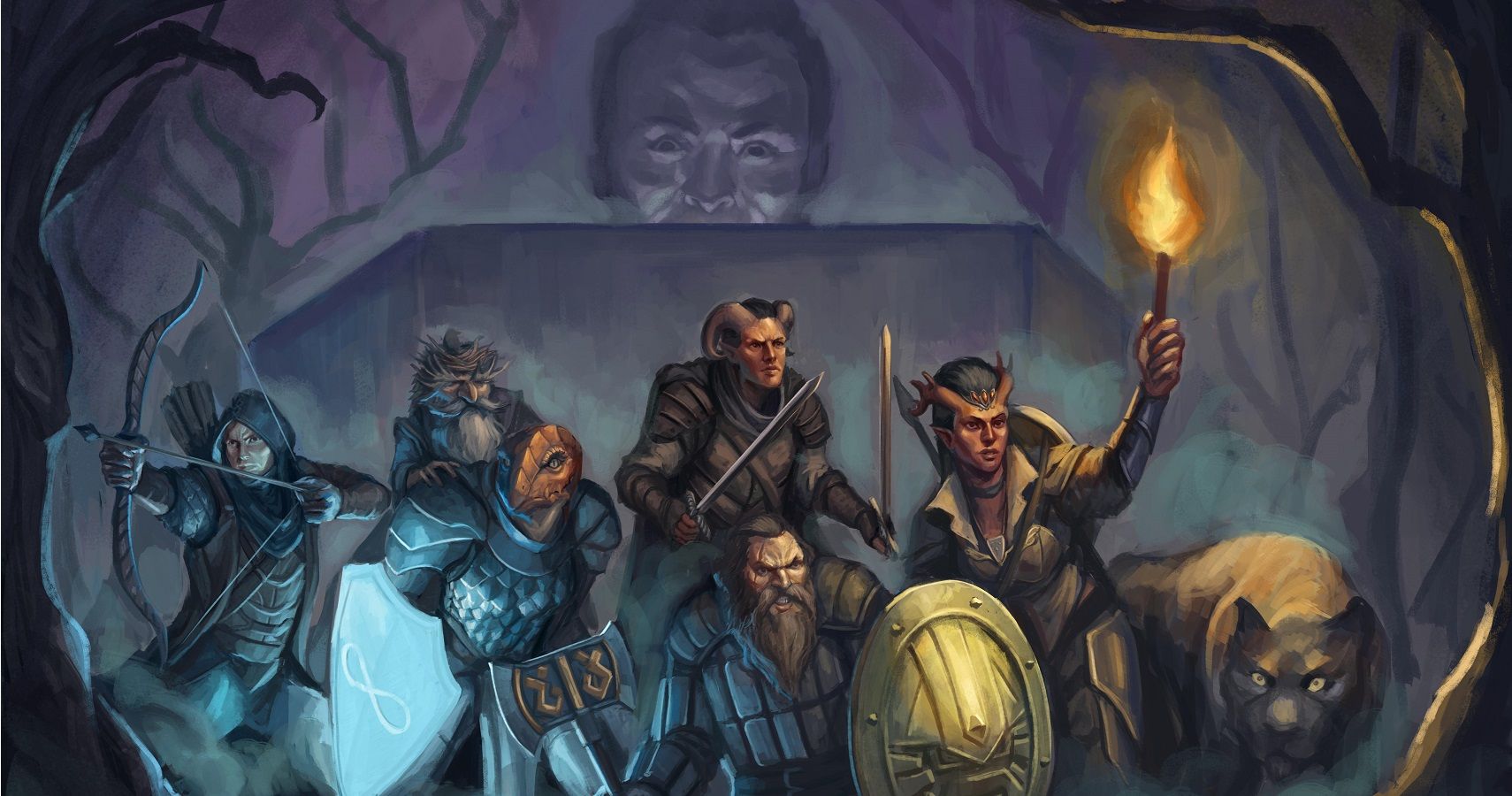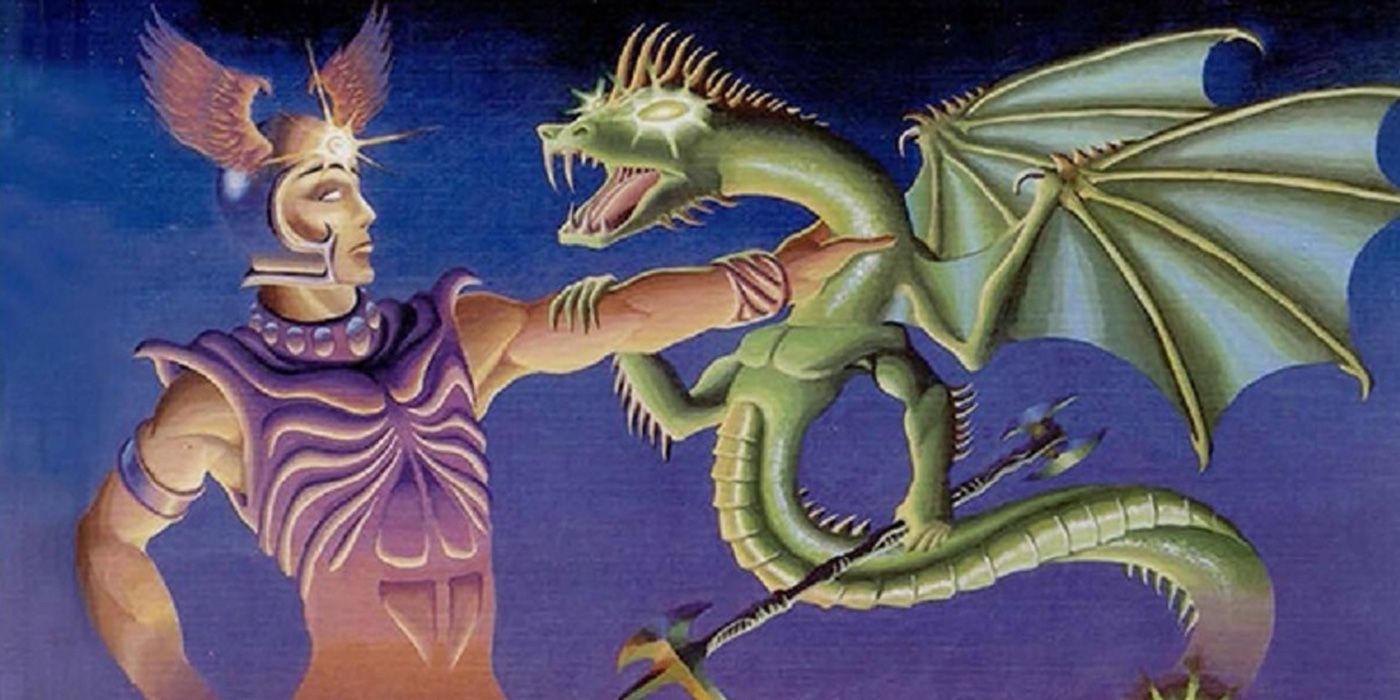Since its release in 1974, Dungeons and Dragons has played host to countless adventures throughout its decades-long history. However, its most interesting story lies outside of its box and instead in the pages of famed supernatural horror writer H.P. Lovecraft.
For the uninitiated, Lovecraft was the force behind the horror subgenre known as the Cthulhu Mythos. His works are known for their inclusion of cults, elder gods who double as tentacled space monsters and a creeping madness that seeps into main characters. Traces of his work have permeated nearly every supernatural piece of media today, including film, television, and comics.
The conflict over his works and their inclusion into the DND realm begins with the rights to Lovecraft’s work, currently held within the company built by his proteges Arkham House publishers, an entity whose intent was to save publish his works. After his death, the clarity of whether or not his estate actually transferred the rights of Lovecraft’s work over to the house remains muddied, but essentially all of his writing published before 1923 is already in the public domain, with the last of his works set to enter the public domain in 2032. Prior to 1978, owners had to renew copyright claims to maintain possession of a property.
The original publishers of Dungeons and Dragons, TSR, wrote to Arkham House in the 1980's requesting permission to use the Cthulhu Mythos within the legendary tabletop RPG and was granted it. After all, a little cross-platform advertising couldn’t hurt.
What would ensue gets a bit tricky. Effectively another game company, Chaosium, also acquired the rights to use the Cthulhu Mythos from Arkham House, at roughly the same time TSR set out to publish their game, Deities and Demigods. Chaosium had several other games in the works at the time (Set to release in 1981) which also used the Cthulhu mythos, and as such, sent a cease and desist letter to TSR claiming they had the rights, with no idea that the Dungeons and Dragons publisher actually had the same permissions Chaosium did, directly from the Arkham House publisher itself.
TSR had found itself in between a Gygax and a hard place. On the one hand, Deities and Demigods was selling well, and they had the letters of permission, but on the other, the logistics of fighting a legal battle in California could prove costly for a company that had yet to find its footing. Fortunately, the two struck a deal wherein Chaosium would use some mechanics from Dungeons and Dragons in some of their games while letting TSR continue using the Cthulhu property.
That should have been it, but here’s where things get really interesting: Future editions of Deities and Demigods (Published after 1980) would find their pages lighter with the mentions of Cthulhu having been removed. There’s currently quite a bit of speculation as to why that is, some considering the idea that DND did not want to promote a property that isn’t generally under their banner, but a likely explanation is the idea that the content (Featuring existential nightmare fuel and the occult) wasn’t suitable for children and wanting to avoid the then-controversial discussion of Satanism.



